
Ever heard of the Pendlay row?
It's a dead stop row that puts your strength to the test.
Imagine rowing a barbell towards you from the floor while in a hip hinge.
Sounds tough, right? It is.
This movement typically uses an overhand, pronated grip and involves a greater range of motion and more full body strength than other row variations.
The catch?
The positioning of the Pendlay row makes the exercise more difficult to cheat than other rowing variations.
The initial pull off the ground makes it difficult to ‘throw’ the weight up.
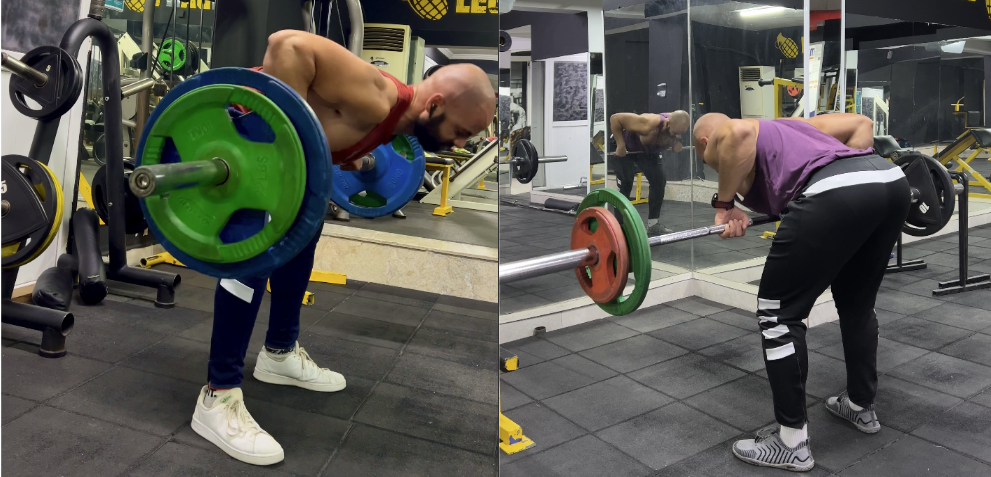
The Pendlay row is a dead-stop row that challenges the performer to row a barbell towards them from the floor while in a hip hinge.
This movement typically uses an overhand, pronated grip and involves a greater range of motion and more full-body strength than other row variations.
The positioning of the Pendlay row makes the exercise more difficult to cheat than other rowing variations, as the initial pull off the ground makes it difficult to ‘throw’ the weight up.
You can see what how the Pendlay Rows looks like in the video below.
The Pendlay row was named after American weightlifting coach Glenn Pendlay.
He was an Olympic weightlifting coach who had been coaching since 1996.
In addition to helping hundreds of athletes reach their competitive peak, he also invented this specific way to perform the barbell row, which became known as the Pendlay row.
This row variation will forever go down in strength sports history with Pendlay's name on it.
The Pendlay row isn't for the faint-hearted.
It's a powerful movement that demands good back and core strength. It challenges the latissimus dorsi, trapezius, rhomboids, and erector spinae.
Typically, it's used for improving back strength and power rather than for hypertrophy.
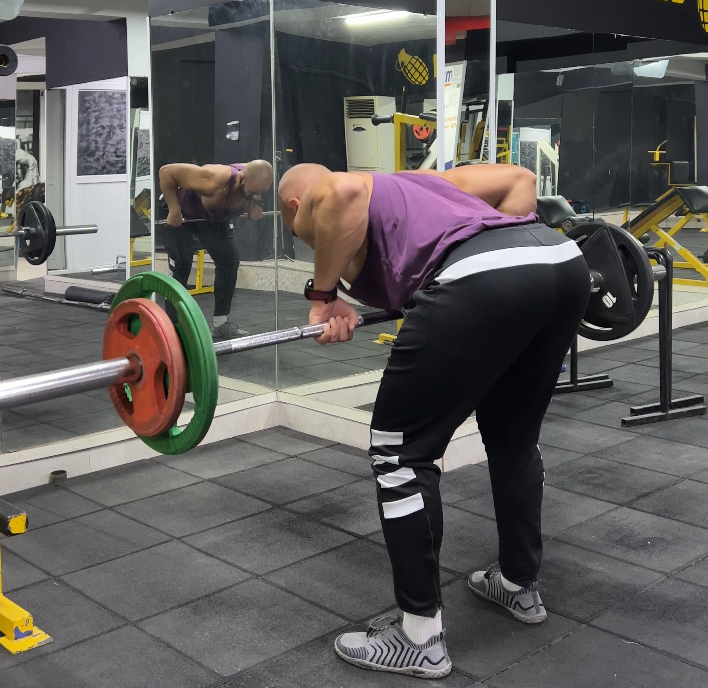
At first glance, the Pendlay row and bent-over barbell row look similar.
However, there are critical differences between the two exercises due to the differing starting positions.
The Pendlay row begins with the barbell on the floor and requires a 90-degree hip hinge so that the upper body is parallel to the floor.
The bent-over row? It only requires a 45-degree hip hinge angle, with the barbell only going down to the knees.
The greater range of motion and increased hip hinge make the Pendlay row more challenging. Most people can lift greater loads with the bent-over barbell row.
Read more about pendlay row vs barbell row here.
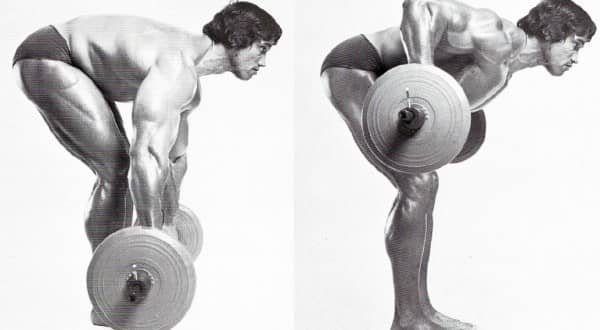
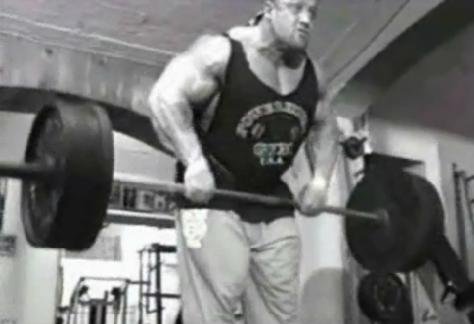

Pendlay rows require a strict form but although it helps isolate your entire back, it’s still a compound exercise that will help pack muscle and strength.
The bar should start from the ground, as if you were about to do a deadlift.
The first image below shows you the starting point...
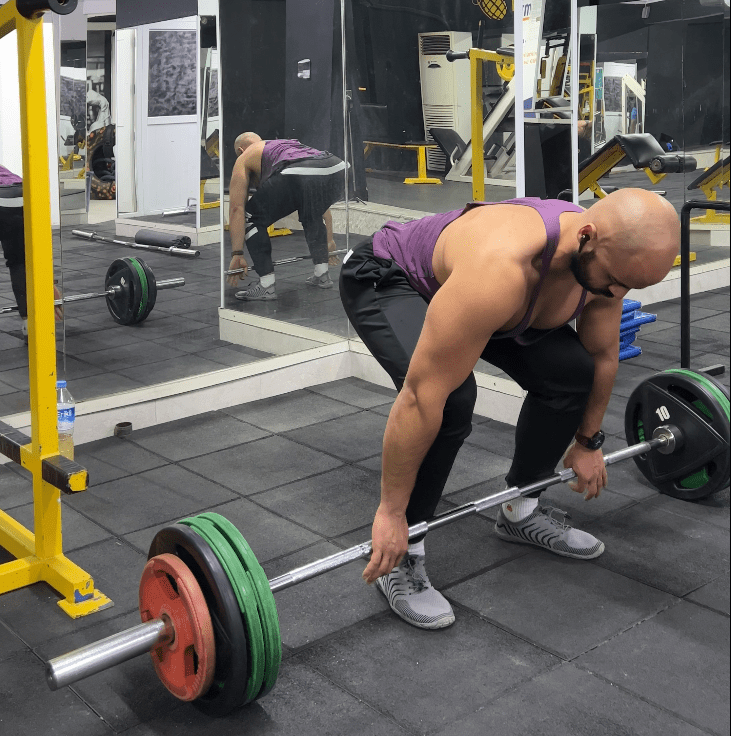
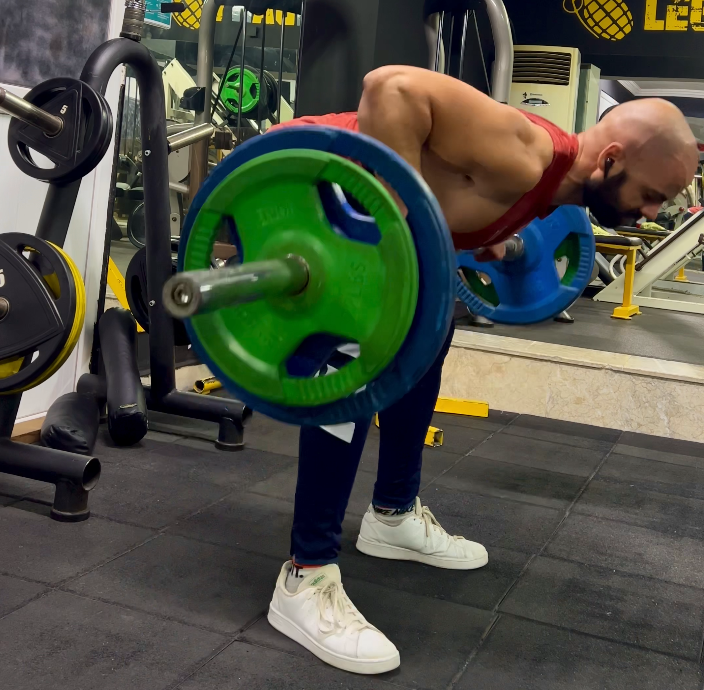
The images below shows you how it looks from different angles...
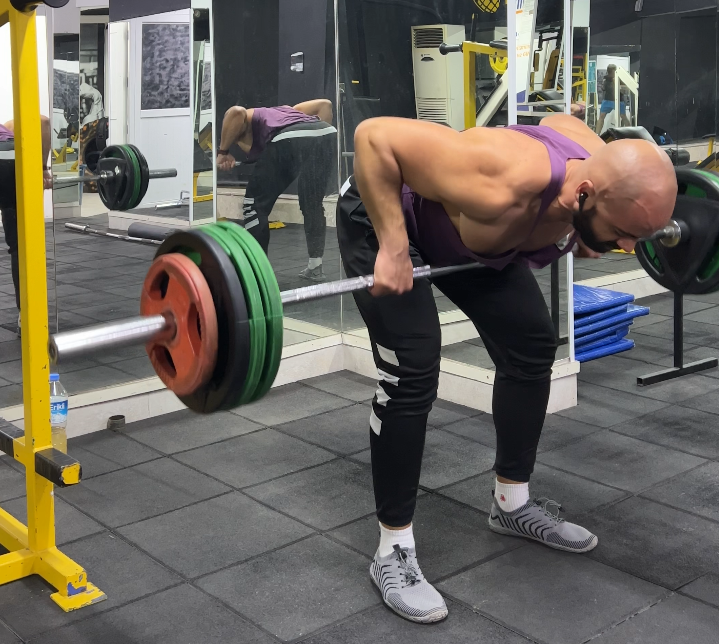
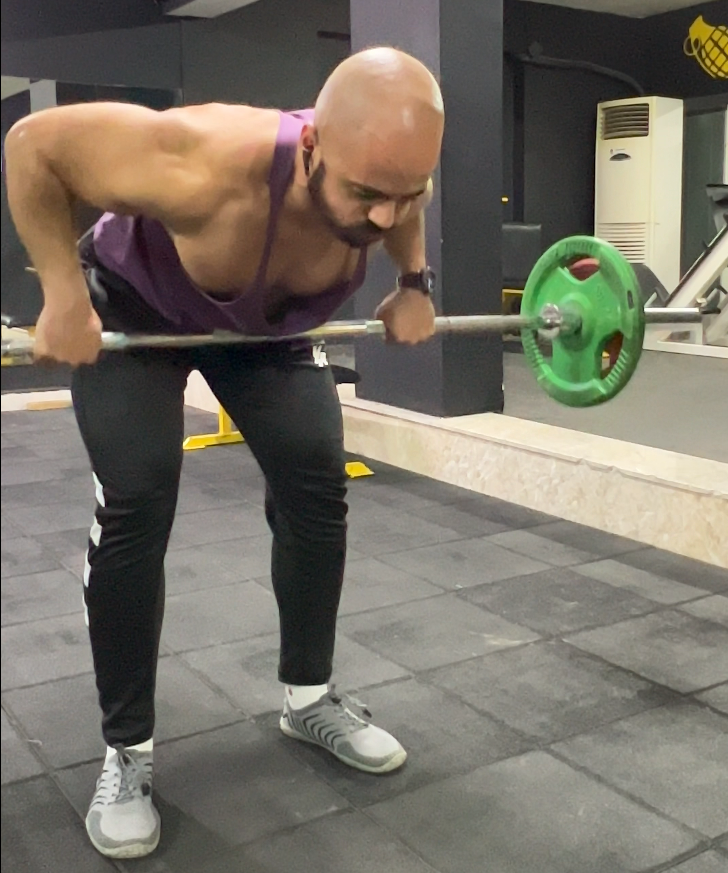
See the video below for how it's done:
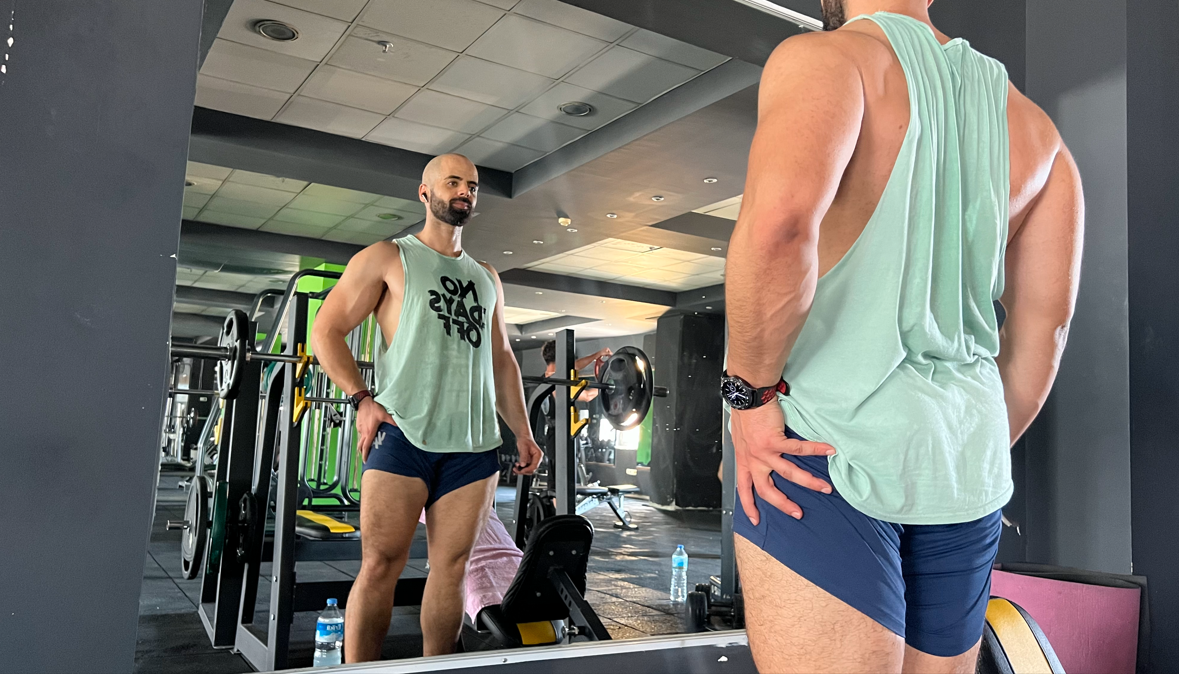
Useful Links
 About FitFrek
About FitFrekFitFrek operates as an independent platform, offering comprehensive workouts, programs, routines, guides, and unbiased reviews to accelerate your progress. We pride ourselves on our honesty, delivering straightforward and candid insights. FitFrek does not offer medical advice, diagnosis, or treatment services.